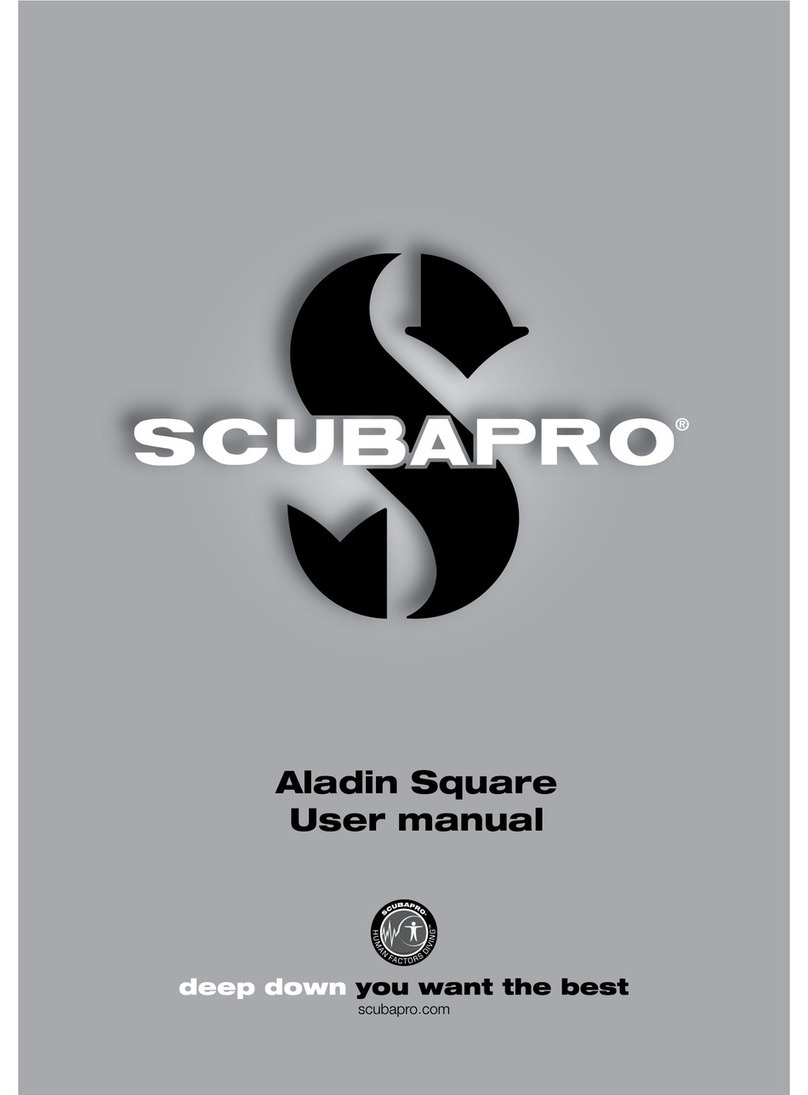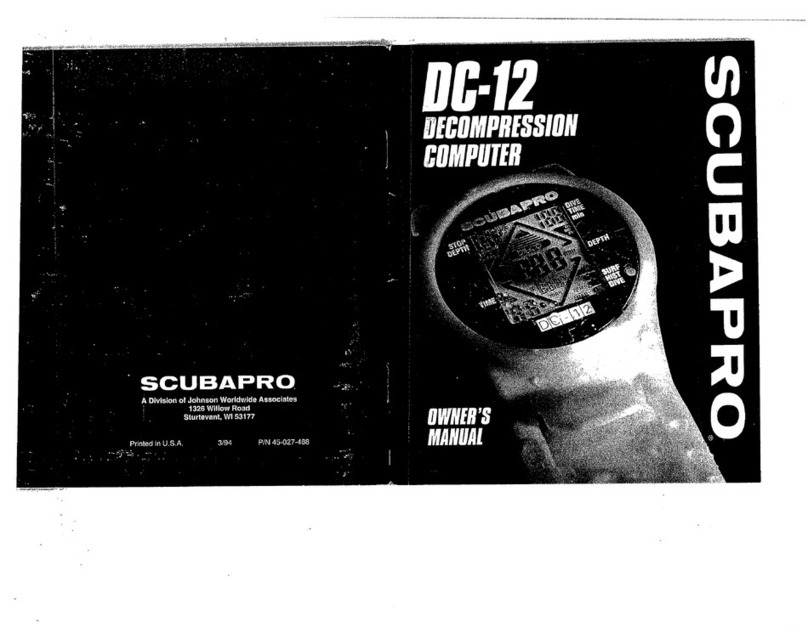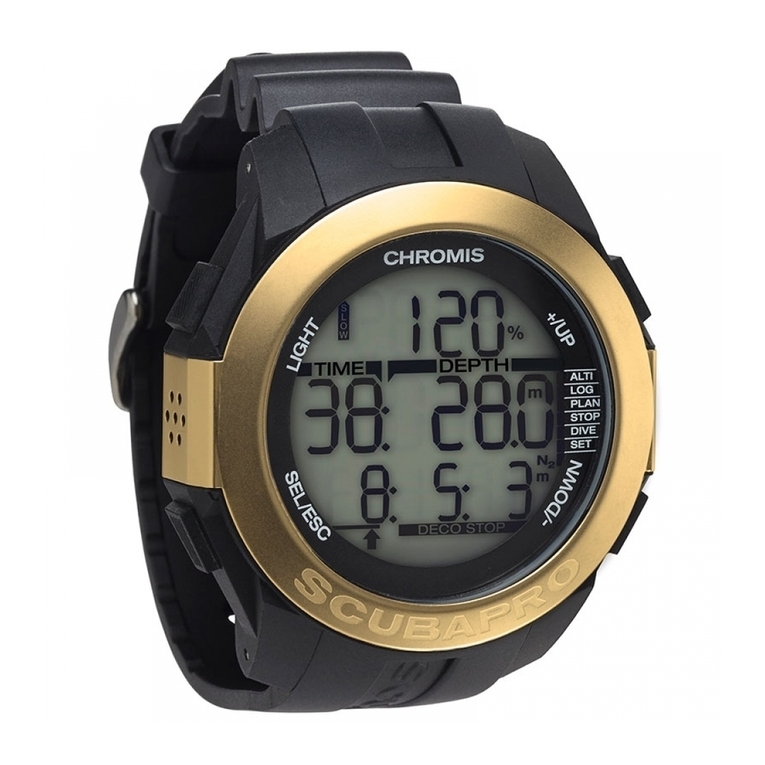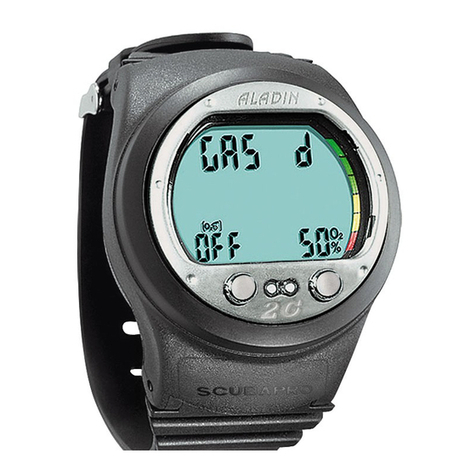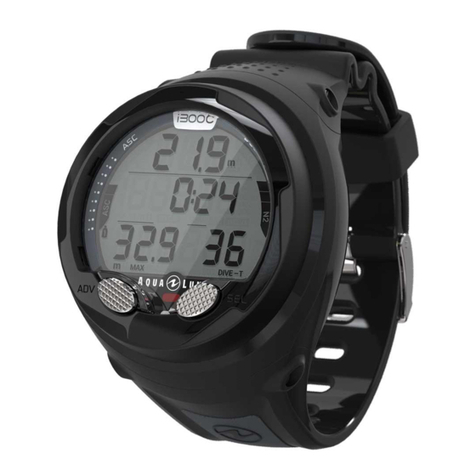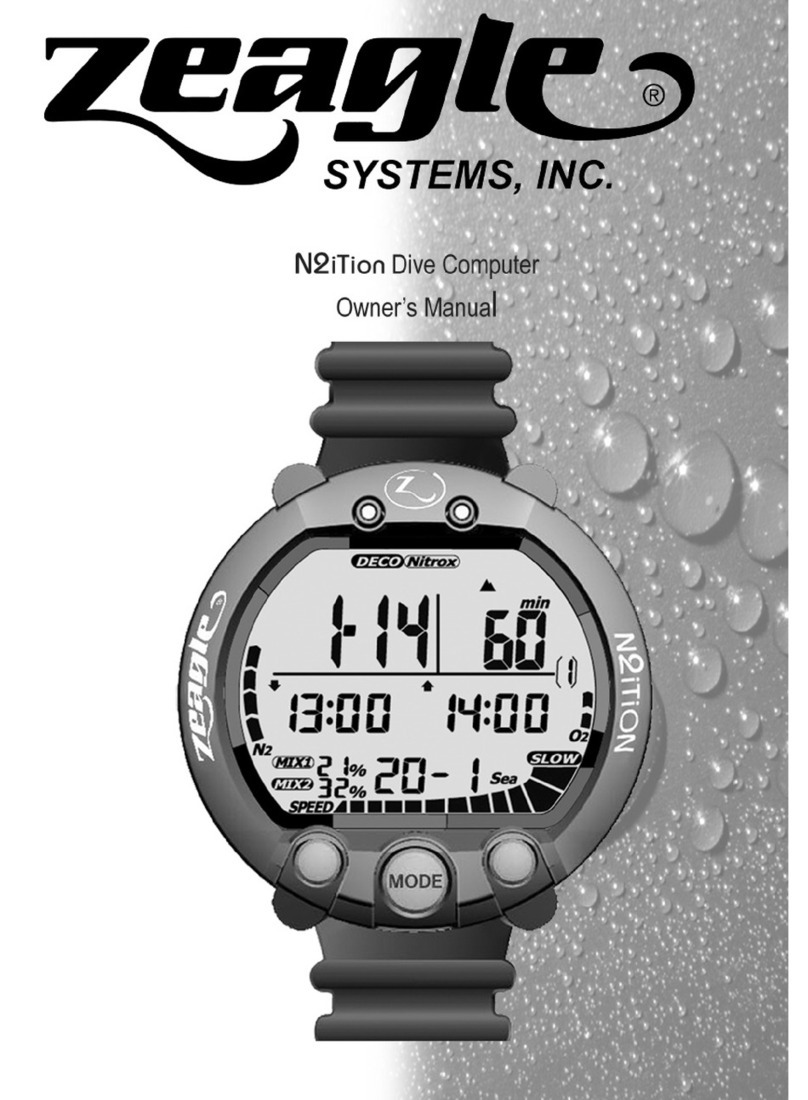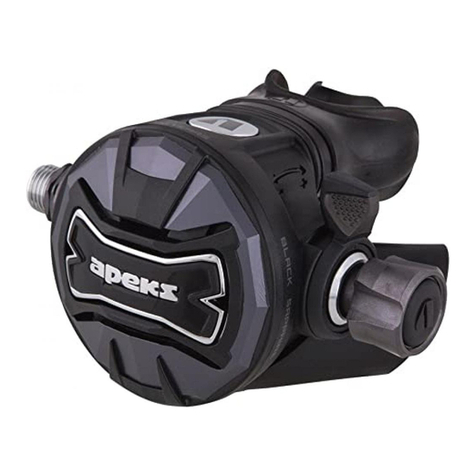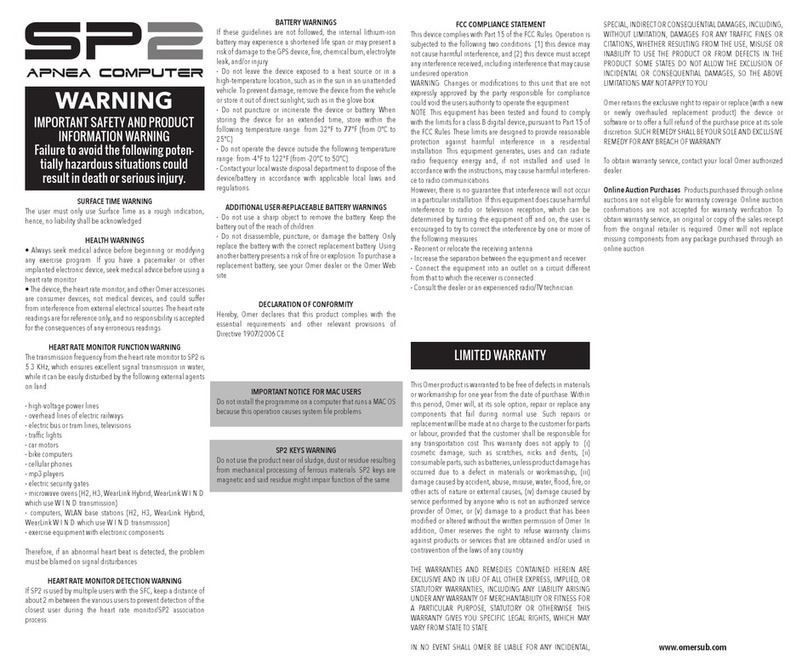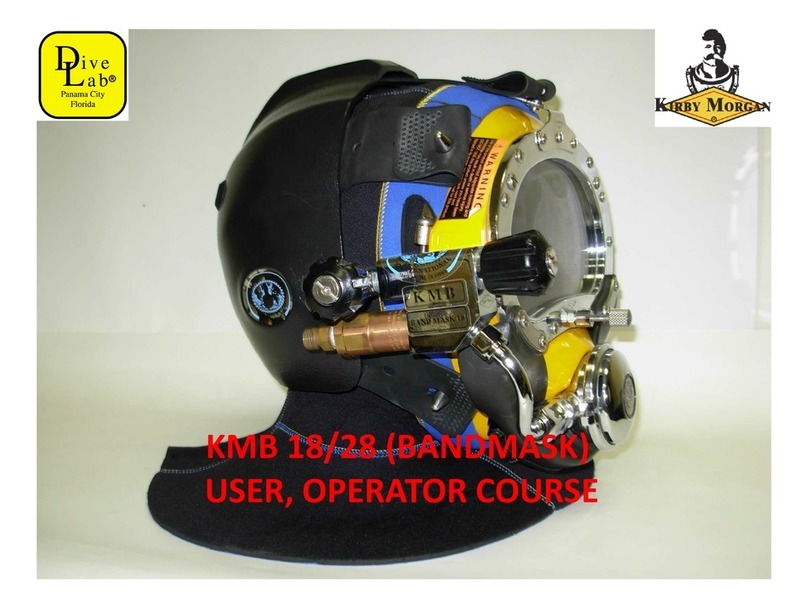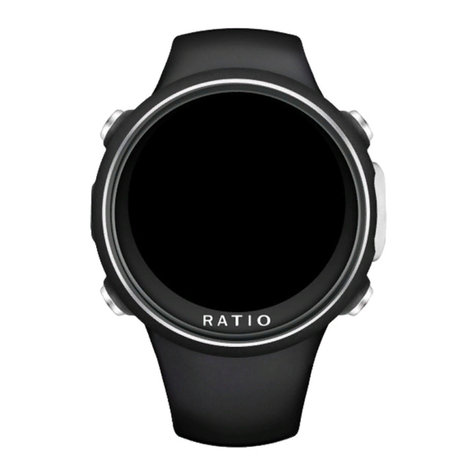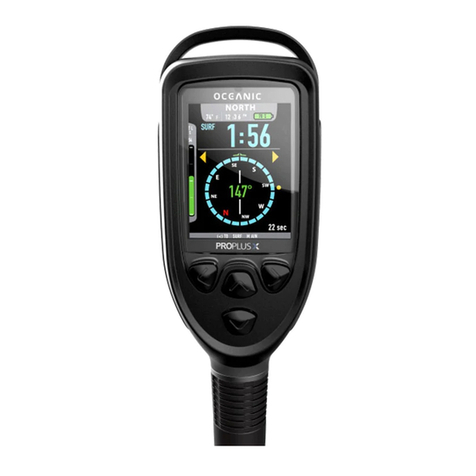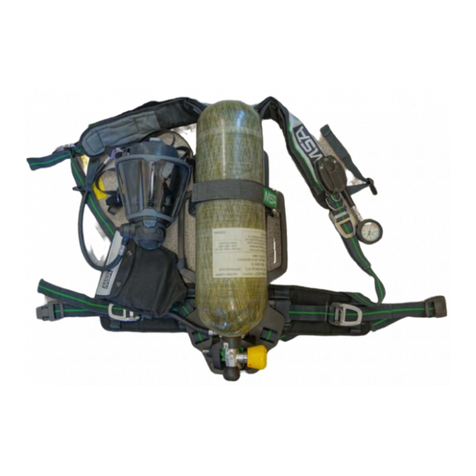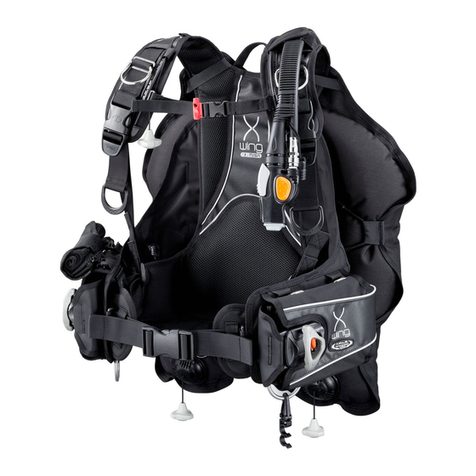GLOSSARY 19
GLOSSARY
18
Adiposity - Obesity, fatness: excessive
proliferation or build-up of fatty tissue.
Aerobic energy metabolism - Energy-
supplying processes, which only
take place when sufficient oxygen
is present. (Complete burning of fat
and carbohydrates to CO2 and water.
Very efficient, allows for several hours
of exertion at low to medium levels of
intensity.)
Anaerobic energy metabolism - Energy-
supplying processes, which take place
without the use of oxygen. (Incomplete
burning, therefore very inefficient,
but allow for very high performance
over a short period of time. Burning of
carbohydrates, produces lactate.)
Active musculoskeletal system
- Comprises the entire skeleton,
musculature and the associated
tendons and ligaments.
Anaerobic threshold - Stress intensity at
the transition between purely aerobic
and partially anaerobic energy
generation. Marks the highest possible
intensity at which lactate production
and lactate removal are in balance
(max. lactate steady state). It differs from
person to person and isn’t subject to any
rigid law, so it should be re-determined
on a regular basis.
Arteriosclerosis - Most common morbid
arterial change, characterized by
hardening, thickening and loss of
elasticity. At an advanced state acutely
life-threatening. Counter measures
include moderate endurance training
and dietary change.
Arthrosis - Degenerative joint disease
that mainly develops due to an
imbalance between the strain and
the condition or performance of the
individual joint parts or tissue. Regular
customized exercise can prevent or
ease arthrotic problems.
Blood pressure - The pressure in the
blood vessels and heart chambers
that causes the blood circulation and
depends on the cardiac output and the
vascular resistance (e.g. elasticity of the
vascular wall).
Body mass index - Abbreviated BMI,
calculated by dividing the body weight
(measured in kg or lb) by the square of
the body height (measured in m or ft).
Index for evaluating the body weight.
Cardio training - Refers to the training
of the cardiovascular system, mainly
through endurance sports, also in a
sports club or fitness studio.
Cholesterol - Is both generated by
the body itself and ingested through
food (primarily animal fat) and is an
important and essential component
for the production of many hormones.
In high concentrations (permanently >
220 mg/dl), cholesterol is considered
to be a risk factor for cardiovascular
diseases, taking into account the ratio
of «good cholesterol» or HDL (high
density lipoprotein) to LDL (low density
lipoprotein), the main cause for vascular
diseases.
Dehydration - Decrease of body water
caused by increase of water discharge
(e.g. excessive sweating) without
sufficient replenishment. This worsens
the blood’s flow characteristics in a
performance-reducing manner. Severe
dehydration (also dehydrogenation)
can lead to circulatory failure.
Ergometry - Measuring physical
performance under controlled levels
of stress using an ergometer and
establishing various parameters of
cardiovascular function.
Fluid balance - Refers to the water
intake, water distribution and water
discharge processes of the human body.
Glycogen - A form of sugar
(polysaccharide) that represents the
stored form of carbohydrates. It is
mainly found in the liver and muscles.
Under intensive endurance stress with
a carbohydrate utilization of close to
100% the stored reserves of an averagely
trained athlete last for a maximum of
60-90 minutes of stress.
Heart rate variability - Measurement
of time lag between two consecutive
heartbeats in milliseconds. Based on
the extent of time changes, conclusions
regarding the individual training status
can be drawn.
Hypertension - Elevated blood pressure
Coronary heart disease - The result of
circulatory disorders in the coronary
vessels. Main cause of heart attack. Can
be influenced through exercise and
moderate endurance training.
Lactate - Salt of lactic acid; lactate
is the end product of the glycolysis
and is generated when glucose isn’t
completely burned. This is the case
when insufficient oxygen is available
to the musculature during physical
exertion. For example, the lactate
concentration rises significantly
during intensive muscle activity (see
«Anaerobic energy metabolism»).
Maximum oxygen uptake - Maximum
amount of oxygen the body can take
up and transform during an exertion.
Metabolites - Substances that are
generated as intermediate stages
or decomposition products during
metabolic processes within the body.
Metabolism - Entirety of metabolic
processes, composition, decomposition
and transformation of nutrients.
Mitochondria - The «power plants» of
the cell. This is where the body’s aerobic
energy generation takes place.
Muscle ache - Microscopic tears in the
muscle tissue caused by excessive stress,
which lead to inflammation and pain.
Muscle ache is a precursor to strains
or torn muscle fibers and therefore
should be regarded as a sports injury.
Subsequent regeneration by resting the
affected muscle, measures stimulating
the blood flow, rehab training and
the intake of fluids should lead to a
complete «recovery».
Respiratory quotient - Abbreviated
RQ. Describes the ratio between the
CO2 exhaled and the O2 inhaled. The
RQ plays a role when determining
the amount and ratio of fat and
carbohydrates burned.
Spiroergometry - Measuring physical
performance under controlled levels
of stress using an ergometer and
establishing various parameters of
cardiovascular function and respiration.
Side stitch (side ache) - Possible causes
include reduced circulation of the
diaphragm, training with a full stomach,
excessive strain and irregular breathing.
Increased blood flow in the body can
cause pain in the spleen and liver as
well.
